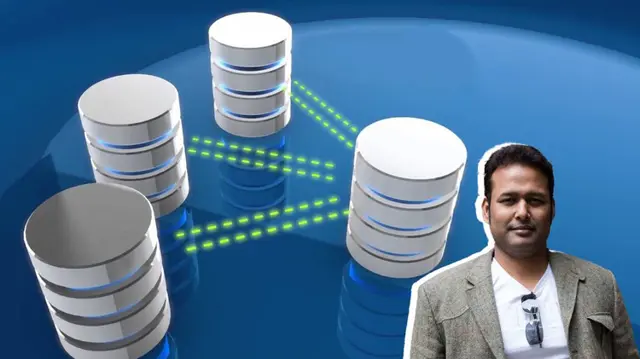
Master SQL interviews (Top Interview questions & answers)
Biswajit Nanda
Learn Most Common SQL interview questions and answers with detailed explanations & hands on examples
Add to basket or enquire
Overview
Certificates
Reed Courses Certificate of Completion
Digital certificate - Included
Will be downloadable when all lectures have been completed.
Curriculum
Course media
Description
What you will learn?
Will be able to revise all important SQL concepts like RDBMS, Joins, Indexes, various constraints etc.
Will learn top SQL interview questions and their answers.
Will learn SQL programming questions and answers like top nth salary from table and ranks
Multiple approaches to tackle the same interview question
Who is this course for?
This course has been intended for programmers and testers who want to master SQL interview questions and answers.
Requirements
Basic SQL knowledge will be beneficial
Career path
Few possible roles are:
SQL Developer
- Role: Design, implement, and maintain SQL databases; write and optimize SQL queries
- Salary: £35,000 - £55,000 per year
Data Analyst
- Role: Analyze complex data; create reports and visualizations using SQL
- Salary: £30,000 - £50,000 per year
Questions and answers
Currently there are no Q&As for this course. Be the first to ask a question.
Reviews
Currently there are no reviews for this course. Be the first to leave a review.
Legal information
This course is advertised on Reed.co.uk by the Course Provider, whose terms and conditions apply. Purchases are made directly from the Course Provider, and as such, content and materials are supplied by the Course Provider directly. Reed is acting as agent and not reseller in relation to this course. Reed's only responsibility is to facilitate your payment for the course. It is your responsibility to review and agree to the Course Provider's terms and conditions and satisfy yourself as to the suitability of the course you intend to purchase. Reed will not have any responsibility for the content of the course and/or associated materials.

